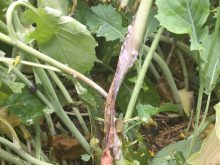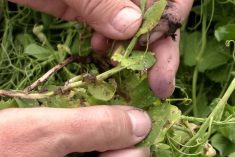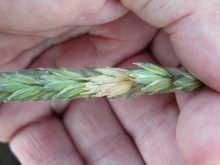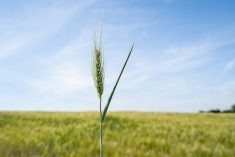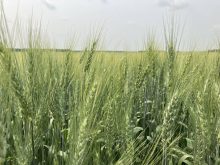Have you ever wondered how crop diseases develop resistance to fungicides?
The first thing to know is that fungicide doesn’t actually cause mutations. Those mutations are random, and can be caused by UV rays, cosmic rays, and cell replication errors, said Dr. Sabine Banniza. Mutations drive evolution, Banniza said.
But the last thing farmers want is a field full of mutant pathogens that have evolved to resist fungicides. And certain conditions favour those mutants. A single mode of action in a fungicide is a risk factor to fungicide insensitivity, said Banniza. If only one gene has to change in the fungus for it to become resistant, that’s a high risk, Banniza added.
Read Also

Cancer agency reclassifies another herbicide ‘probably carcinogenic’
The WHO’s cancer research agency has now put atrazine, a herbicide well known to corn growers, in the same potential-hazard category where the agency put glyphosate.
Other risk factors include how often the fungus reproduces during the growing season, population size, and whether the spores are airborne.
Mutations happen once in a million or 10 million replications. But if you’re looking at microbial populations, it’s not a rare event, Banniza said.
For example, one lesion of powdery mildew in barley produces about 10,000 spores per day. That could add up to 10 trillion spores per hectare per day, assuming about 10 per cent of the leaf area is infected, Banniza said. Not all those individuals survive or reproduce, she added, but millions of mutated fungi can be produced in one hectare each day.
If farmers only apply one mode of action, they’ll only kill the sensitive individuals, and select for the insensitive fungi, Banniza said.
“And eventually you end up with a field where you only have your mutated, fungicide-resistant strains in the field.”
So how can farmers avoid selecting fungicide-resistant strains?
If farmers are spraying the same crop twice in the same year, the second application should have multiple modes of action, Banniza said. It should also have a low risk for resistance, she added.
Group 11 fungicides have the highest resistance risk, according to Banniza. She rated Groups 3 and 7 as medium risk, and Groups 44, M3 and M5 as low risk.



